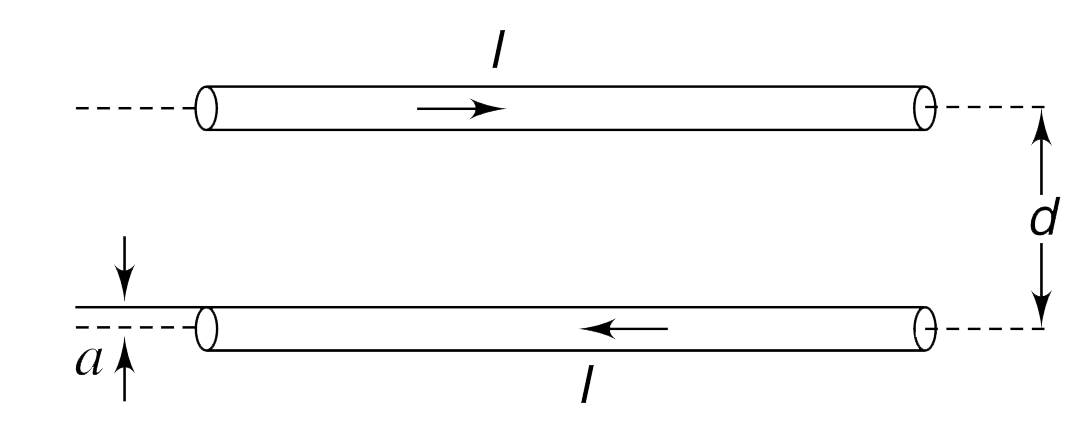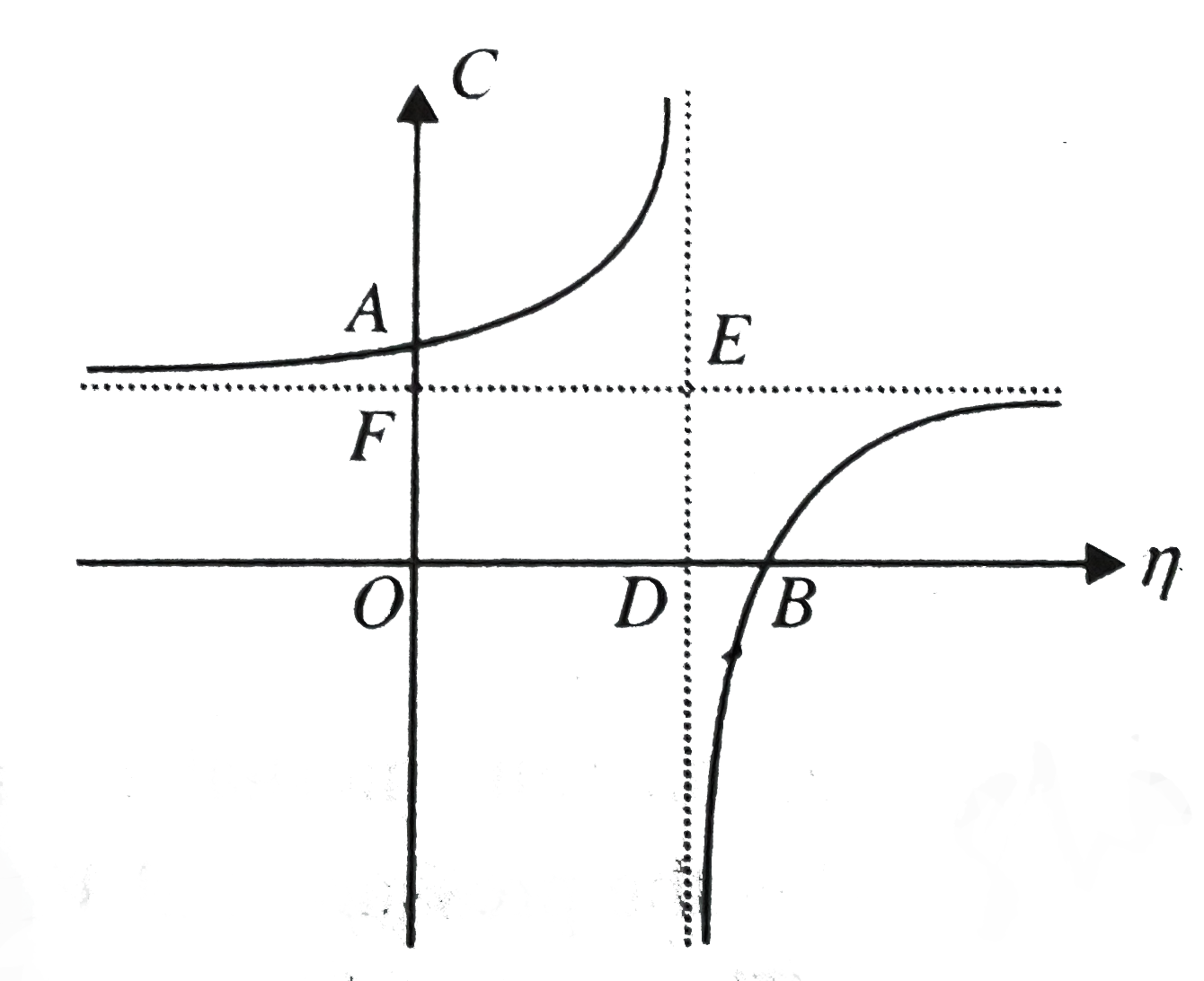Apply the first law of thermodynamics to a resistor carrying a current i. Identify which of the quantities ΔQ, Delta U and DeltaW are zero, wheich are positive and which are negative.
Step by step video & image solution for Apply the first law of thermodynamics to a resistor carrying a current i. Identify which of the quantities DeltaQ, Delta U and DeltaW are zero, wheich are positive and which are negative. by Physics experts to help you in doubts & scoring excellent marks in Class 12 exams.
Updated on:21/07/2023Topper's Solved these Questions
- THERMAL AND CHEMICAL EFFECT OF ELECTRIC CURRENTBOOK - HC VERMACHAPTER - THERMAL AND CHEMICAL EFFECT OF ELECTRIC CURRENTEXERCISE - Objective 1
8 Videos
- THERMAL AND CHEMICAL EFFECT OF ELECTRIC CURRENTBOOK - HC VERMACHAPTER - THERMAL AND CHEMICAL EFFECT OF ELECTRIC CURRENTEXERCISE - Objective 2
5 Videos
- THERMAL AND CHEMICAL EFFECT OF ELECTRIC CURRENTBOOK - HC VERMACHAPTER - THERMAL AND CHEMICAL EFFECT OF ELECTRIC CURRENTEXERCISE - Worked Out Examples
8 Videos
- THE SPECIAL THEORY OF RELATIVITYBOOK - HC VERMACHAPTER - THE SPECIAL THEORY OF RELATIVITYEXERCISE - Exercise
1 Video
- X-RaysBOOK - HC VERMACHAPTER - X-RaysEXERCISE - Exercises
27 Videos
Similar Questions
A long straight wire of cross sectional radius a carries a current I. The return current is carried by an identical wire which is parallel to the first wire. The centre to centre distance between the two wires is d. Find the inductance (L) of a length x of this arrangement. Neglect magnetic flux inside the wires.

View SolutionI. Read the following passage and answer questions 1-5 that follows:
Spontaneity means the feasibility of a reaction.Gibbs free energy (G) is the thermodynamic quantity which helps in predicting the spontaneity of a process
G=H−TS
The change in free energy is represented by Gibbs Helmoltz equation,
ΔH−ΔH−TΔS
For spontaneity of a process, ΔG must be negative.It depends upon energy factor(ΔH) and entropy factor (TΔS).
1. What are the signs of ΔH and ΔS for the reactions :
2CI(g)→CI2(g) ?
View Solution
Knowledge Check
According to the first law of thermodynamics which of the following quantities represents change in a state function ?
AqrevBqrev−wrevCqrev/wrevDqrev+wrevAccording to the first law of thermodynamics which of the following quantities represents change in a state function ?
AqrevBqrev−wrevCqrev/wrevDqrev+wrevAccording to the first law of thermodynamics which of the following quantities represents change in a state function ?
AqrevBqrev−wrevCqrev/wrevDqrev+wrev
According to the third law of thermodynamics which one of the following quantities for a perfectly crystalline solid is zero at absolute zero?
View SolutionAccording to the 3rd law of thermodynamics, which one of the following quantities for a perfectly crystalline solid is zero at absolute zero
View SolutionThe first law thermodynamics was gives as q=ΔU+(−w), where q is heat given to a system and ΔU represent increase in internal energy and -w is work done by the system. Various process such as isothermal, adiabatic, cyclic, isobaric and isochoric process in terms to first law of thermodynamics leads for important results. The molar heat capacity for 1 mole of monoatomic gas is 3/2R at constant volume and 5/2R at constant pressure.
Which of the following statements are correct:
View SolutionConsider the statement (A) and (B) and identify the carrect answers.
A . First law of thermodynamics specifics the consitions under which a body can use its heat energy to produce the work.
B. Second law of thermodynamics states that heat always flows from haot body to cold body the itself .
View SolutionA process in which work perfomed by an ideal gas is proportional to the corresponding increment of its internal energy is described as a polytropic process. If we represent work done by a ppolytropic process by W and increase in internal energy as ΔU then
W∝ΔU
or W=K1ΔU ...(i)
For this process, it can be demonstrated that the relation between pressure and volume is given by the equation
PVη=K2 (constant ) .....(ii)
We know that a gas can have various values for molar specific heats. The molar specific heat 'C' for an ideal gas in polytropic process can be calculated with the help of first law of thermodynamics. In polytropic process process the variation of molar specific heat 'C' with η for a monatomic gas is plotted as in the graph shown.

In the graph shown, the y− coordinate of point A is ( for monatomic gas )
View Solution